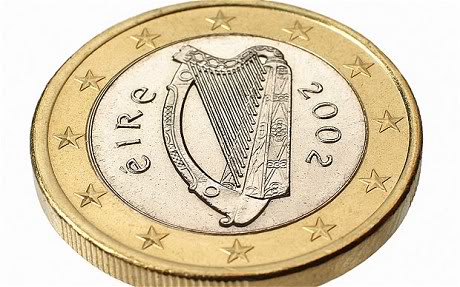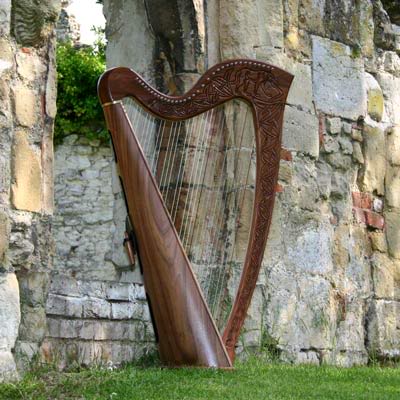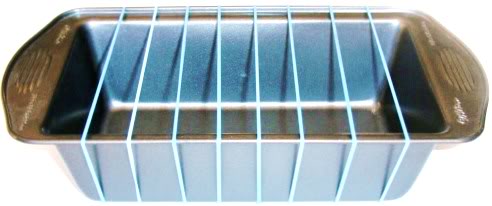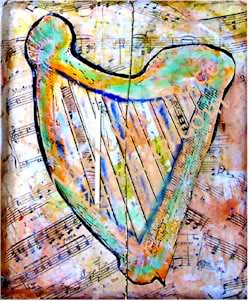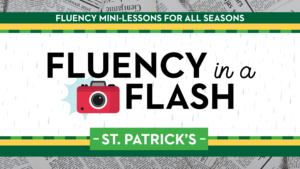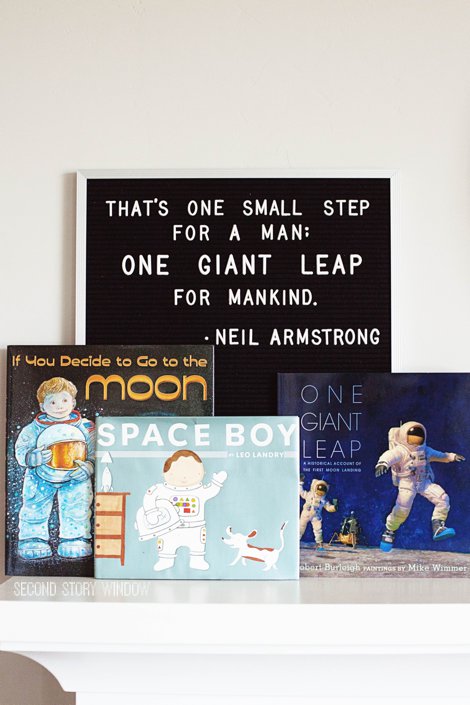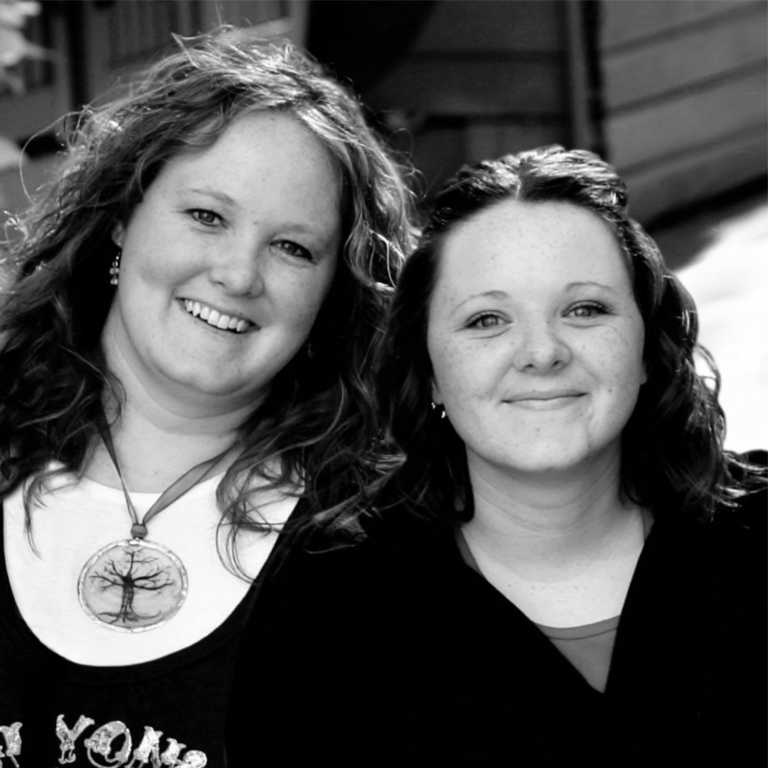Ireland is unique in having a musical instrument as its national emblem. You'll find the Irish harp adorning the coat of arms, seal, and on the Irish euro coin.
An Irish harp (or Clarsach if you're feeling Gaelic!) is distinguished by its triangular frame. Originally it was strung with brass wire, but modern versions generally use strings.
If you're not too particular about the shape, you can make your own harp and experiment with a little science in the process!
Here's what you need:
Set up some boundaries for safely using rubber bands (you know the little darlings are just itching to flick them at someone!). Stretch the rubber bands across the open shoe box. Space them so they aren't touching.
Now strum or pluck the bands. Compare pitches of different rubber bands. Try pushing your finger on the end of a band to stretch it tighter. Then pluck the rubber band with your other hand. Listen for how the sound changes.
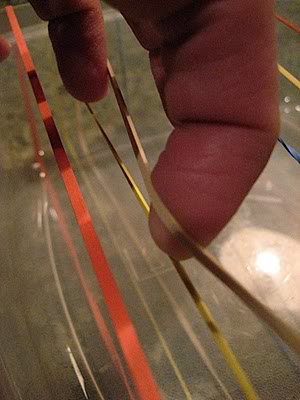 photo credit: unplug your kids
photo credit: unplug your kids
Tight rubber bands produce higher pitches.
Thin rubber bands produce higher pitches.
The longer and looser the rubber band, the lower the pitch.
Musical instruments, such as a harp, make sounds when the strings vibrate the air. Sound waves travel through the air like ripples across a pond. High sounds make waves that are close together. Low sounds make waves that are further apart.
Things that are tighter, shorter, thinner, and less dense make shorter sound waves (higher sounds). Things that are looser, longer, thicker, and denser make longer sound waves (lower sounds).
If rubber band harps strike a chord (pluck a chord?) with you, there are lots of different versions. You can use a speaker and go hi-tech.
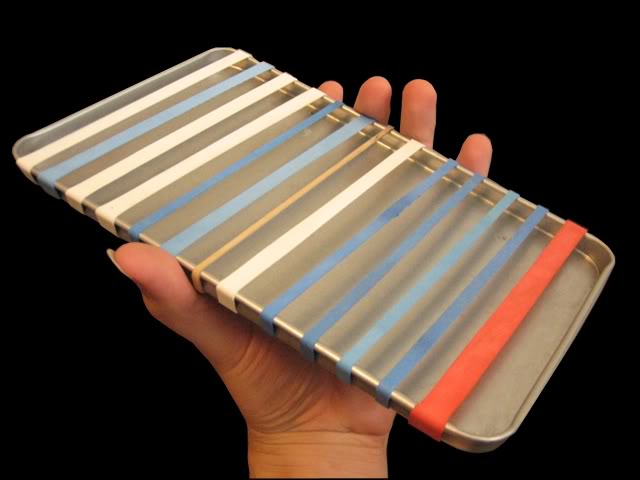
This book gives instructions for making your own Irish harp out of cardboard, wood, and string.
Your finished shoebox harp may not sound authentic, but with some help from kinderart.com, it can look more like the real deal.

